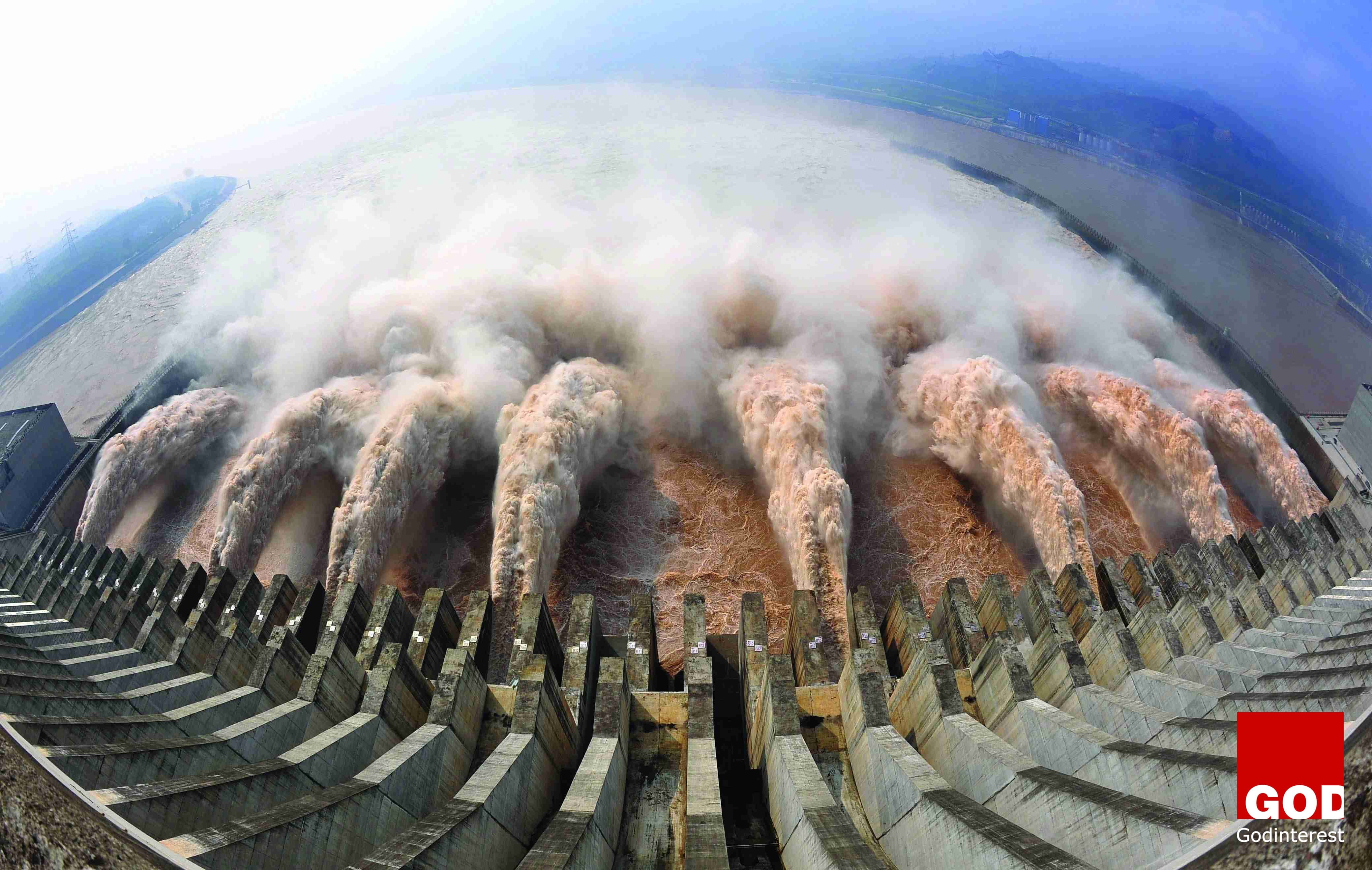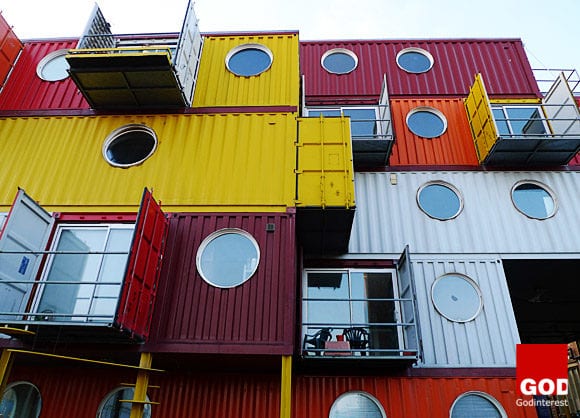We seem to be entering a new age of megaprojects as countries around the world mobilise the private sector to invest heavily in multi-billion or sometimes multi-trillion dollar infrastructure initiatives.
Megaprojects (sometimes also spelled “mega projects”) are very large investment projects and require care in the project development process to reduce any possible optimism bias and strategic misrepresentation.
The most expensive large-scale megaprojects in the world range from bridges, tunnels, highways, railways, airports, seaports, power plants, dams and wastewater projects to entire city districts.
Megaprojects seem to be practically recession-proof and have continued despite the 2008 global economic slowdown likely spurred megaproject construction, since the governments of some countries among them China, India, and the United States saw investment in infrastructure as a way to stimulate growth. Moreover, many large corporations are locked into megaprojects, because only enormous undertakings seem capable of nudging their bottom lines.
Here, we take a look at 5 of the biggest, most important and spectacular megaprojects around the world.




Songjiang Hotel, China




Three Gorges Dam
Man has long used technology to harness nature and dam building has always been one of the most controversial methods.
Building a dam causes dramatic effects on the environment, yet can benefit man in innumerable ways.
Three Gorges Dam located in Sandouping, Yiling, Hubeiis is the largest power station in the world and took 14 years to complete at a cost of USD $37 billion ( ¥180 billion). The original estimated cost was USD $6 billion ( ¥20 billion). It can produce as much as 15 nuclear power plants and is expected to create 10% of China’s entire energy supply.
The Three Gorges Dam has moved 39 trillion kilograms of water 175 metres above sea level which scientists believe has altered the planet enough to change the speed at which the earth rotates.
The dam was first suggested by Sun Yat-sen, the first president of the Republic of China in 1919 and people have been working on it, researching how it would work and where exactly it would go for nearly 100 years.

London Crossrail
Crossrail is Europe’s largest infrastructure project and is set to boost London’s rail capacity by 10%. The project will deliver approximately 11.9km of twin bore tunnels.
The $23 billion development 73-mile rail project will connect London from East to West, improving access to Heathrow Airport, central London as well as city’s surrounding towns and suburbs.
Eight boring machines have been cutting their way through earth to create 26 miles (42km) of tunnels.
Construction of Crossrail began at Canary Wharf in London Docklands on 15 May 2009, with tunnelling work starting in May 2012.
The Crossrail project is about 65% complete and engineers will now continue upgrading existing stations and building new stations in central London and London Docklands.



Beijing International Airport Terminal 1 to be World’s Biggest
Beijing’s new international airport
January 2013 saw work approved for a new airport in Beijing. With large sweeping, non-conforming arches that span inwards with curves to the interior, there is a definite stamp of Zaha Hadid Architects with their design language.
Playing host to eight runways and with the capabilities to cater for 130 million passengers every year, Beijing’s new international airport will be among the world’s largest and busiest once complete in 2017.

One Giant Leap for Mankind
International Space station
The International Space Station (ISS) is the largest artificial body in orbit and can often be seen with the naked eye from Earth.
It may be one of the most ambitious scientific ventures ever and also the largest masterpiece of the human engineering in orbit around Earth at present. The station consists mainly of habitable and science modules, external trusses and solar panels to provide power.
The ISS provides a platform to conduct scientific research including astrobiology, astronomy, human research including space medicine and life sciences, physical sciences, materials science, space weather and weather on Earth.
What exciting projects did we miss on our list? Let us know in the comments section below.




